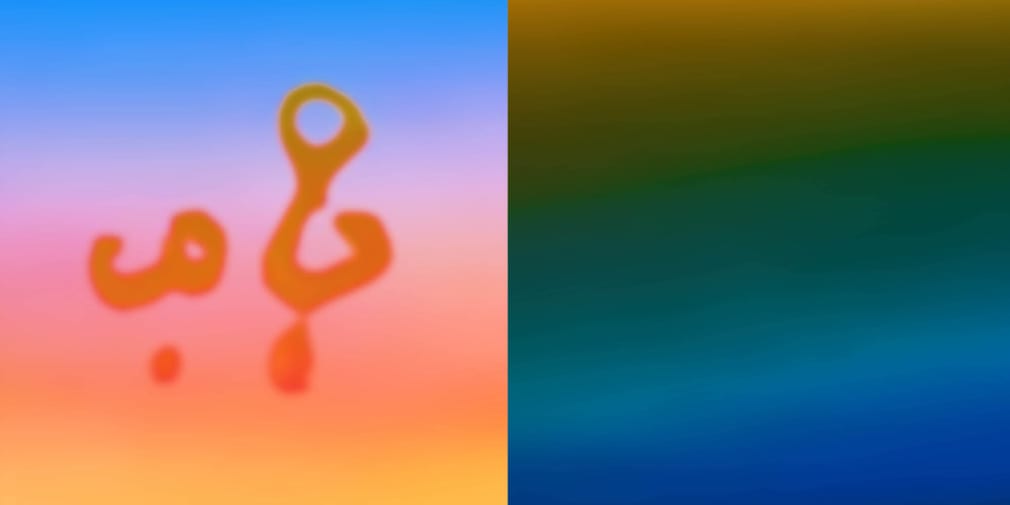The visual identity for this year’s Graduate Showcase uses machine learning to create emerging translations of the word “bloom”. We talk to the team of graduating BA Graphic Communication Design students behind the work.
Each year, students from BA Graphic Communication Design conceive and produce the visual identity for the end of year show. For 2021, the design was created by Tom Bugg, Jann Choy, Betty Lu, Jessie Zhang and Max Zimmerer – now known collectively as Applied Logic. Their collaboration began when they enrolled on the Creative Computing Diploma at UAL’s Creative Computing Institute, an elective year taken up between second and third year. “I think we gelled because we were all really nerdy,” recalls Jann, “We were always working, sat together coding.”
The group alighted on Generative Adversarial Networks, or GANs, a process of machine learning in which two models are set against each other and through that relationship become more precise or powerful. “We were looking at GANs, and we could see it searching, getting data and deciding what it wants more of,” explains Jann, “It exactly represents what we were going through as students.”
With the conceptual process defined, they moved on to representation. Eager to hold the plurality of the College community within one design, the team focused on a multi-lingual approach. They fixed the design on translations of the word “bloom” anchoring the work back to the sense of growth and joy. A call-out to staff and students produced a raft of nuanced contributions, with the final 35 used to feed the GAN.
-
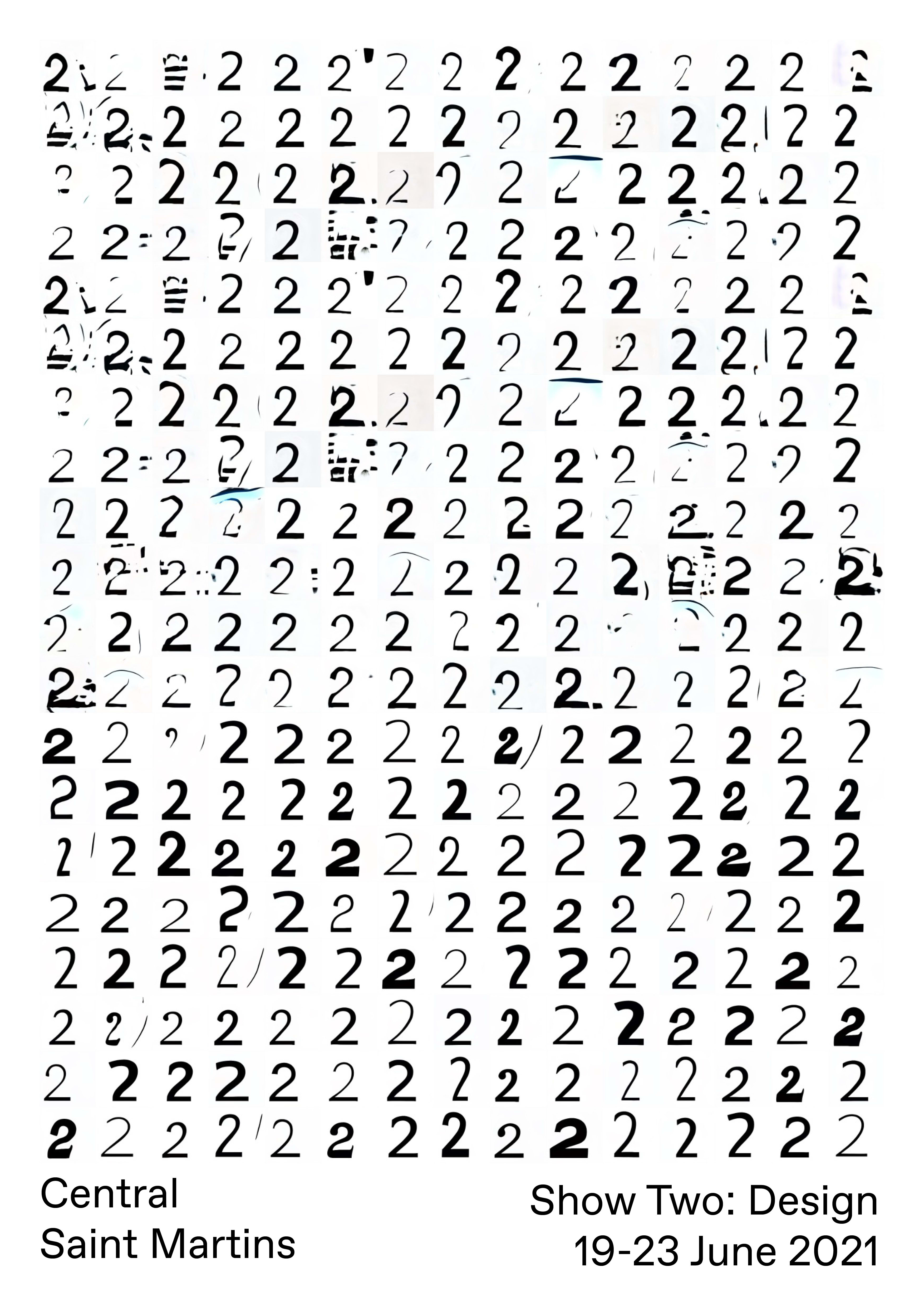
Work in progress, Bloom
-
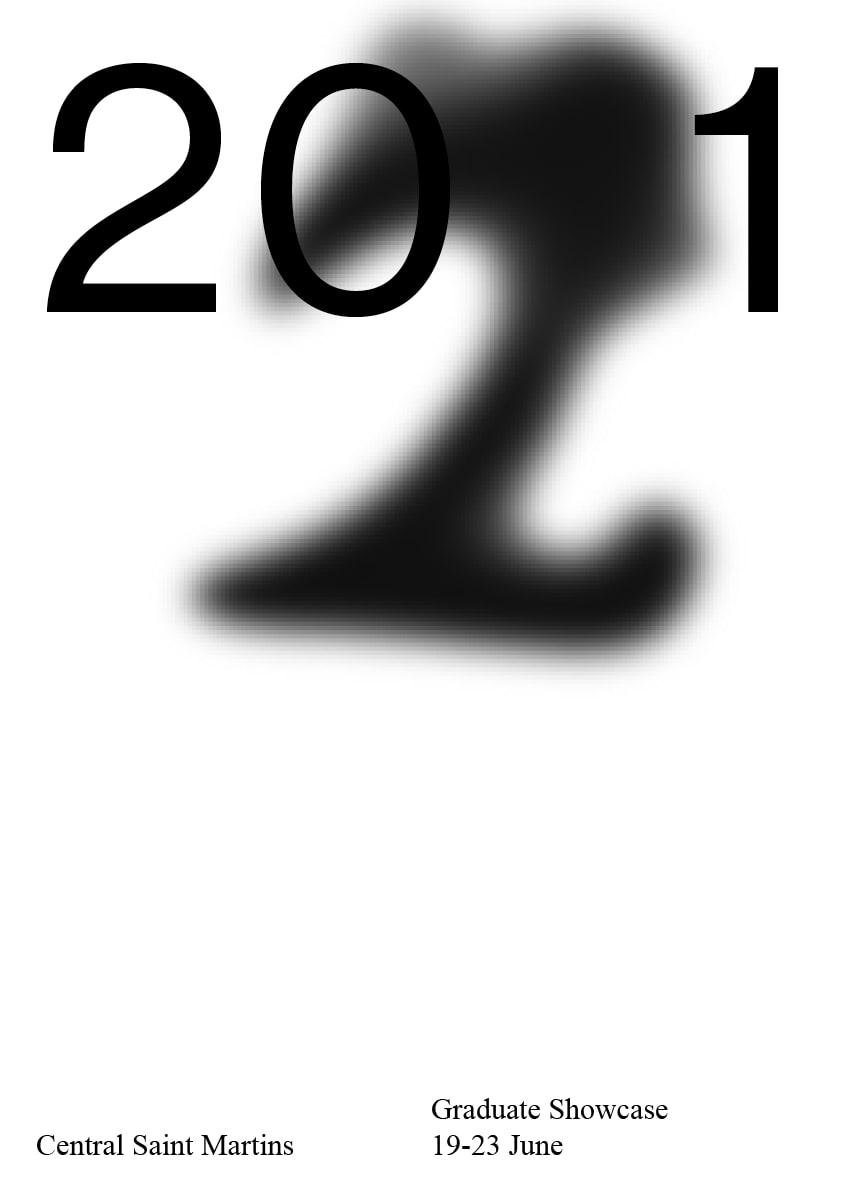
Work in progress, Bloom
At each stage, the design became more nuanced and complex. The final system is actually two layered GANs, emerging but also influencing each other. It was initially black and white but once colour was introduced it was emotionally transformed.
-
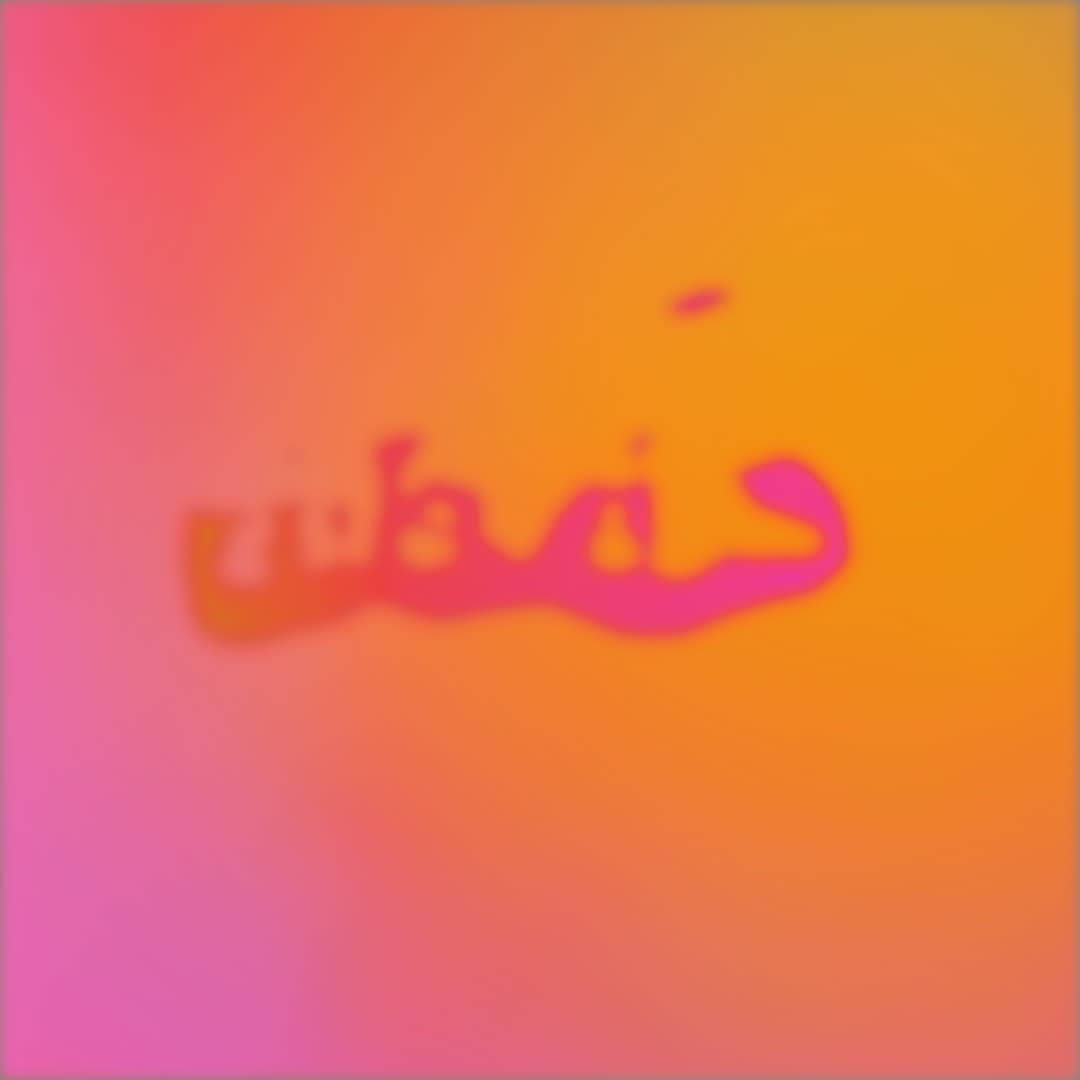
Bloom
-
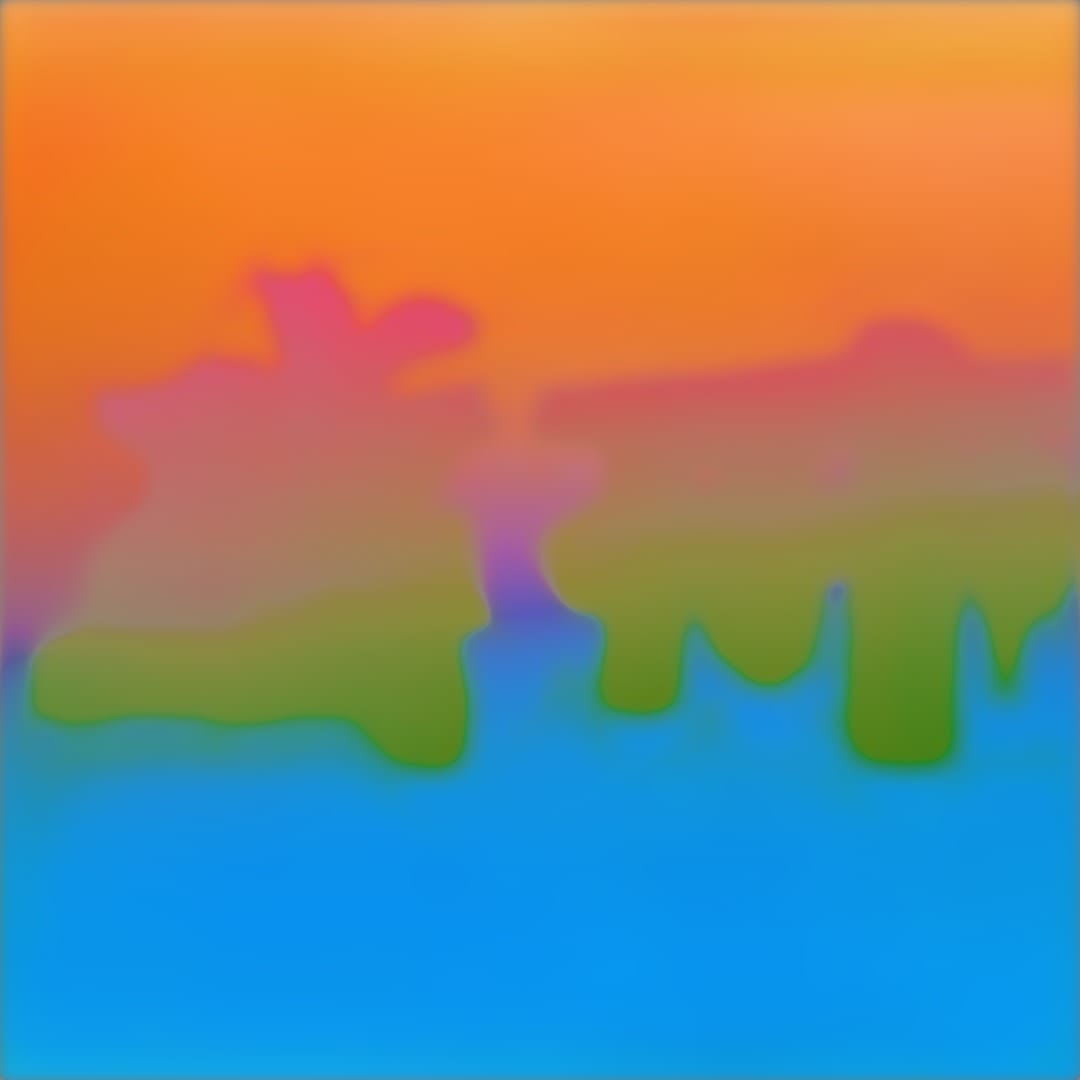
Bloom
-
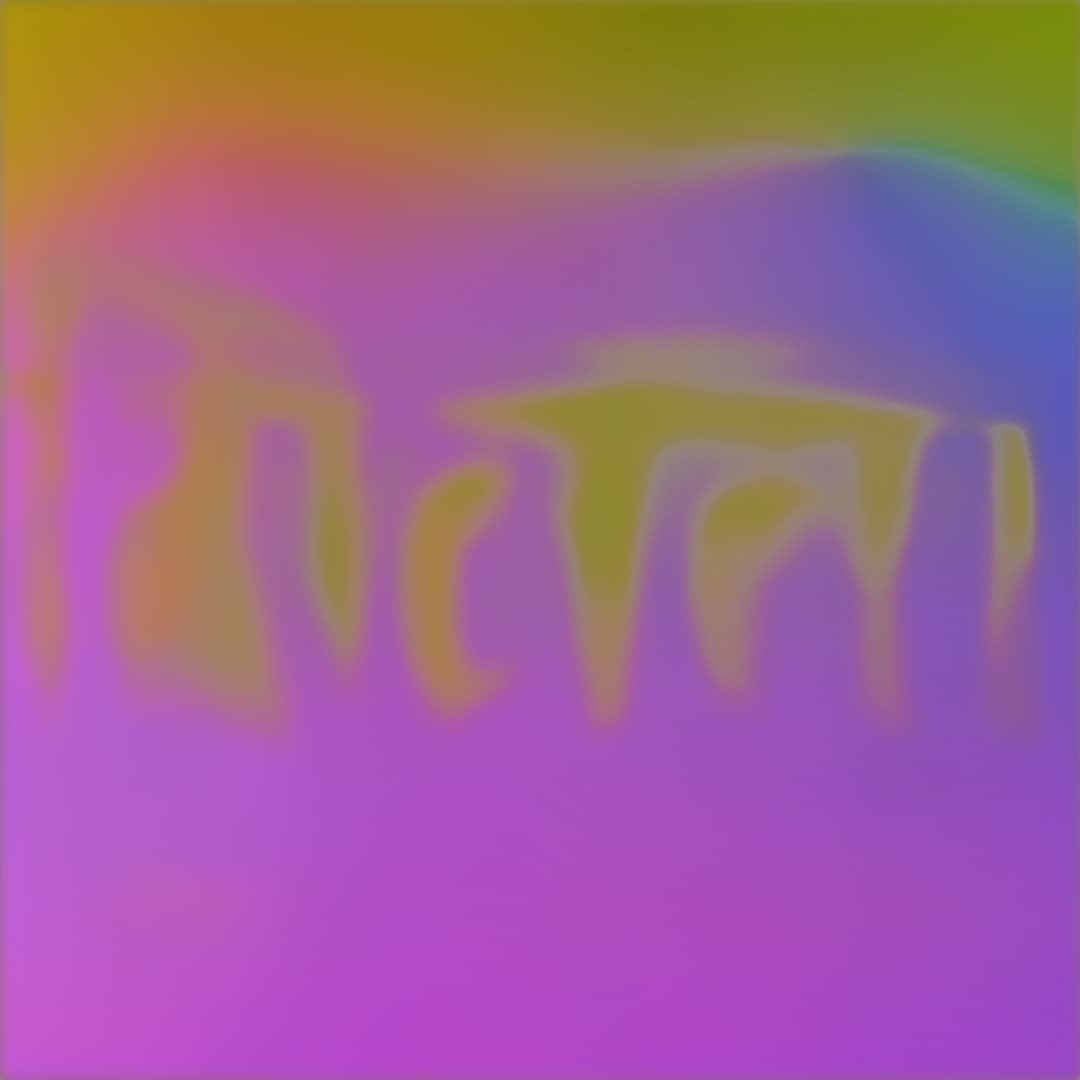
Bloom
Though the team were training the GAN, there was still an all-important gap between what was anticipated and what emerged. “We’re like guides,” Betty says, “we give this network a starting point and a lot of information. Then it starts to process that on its own… There are certain points that are more distinct where it's gathered more information, where it knows with more certainty and coherence. Then there's the in-betweens where it’s still figuring out travelling between these points in space, exploring unknowns. It’s so similar to creative process.”
Throughout the journey, the team responded to creative conflict with detailed discussion and democratic decision-making. “I love our collaboration so much,” reflects Tom, “everyone is so opinionated but no one speaks the loudest. It’s what pushes our design process further.” Having started their course as individuals, they graduate as Applied Logic, a studio using leading-edge technologies to tell stories. “This area of design is still relatively new and emerging,” continues Tom, “this is an opportunity for us to make work together that hasn’t been done before.”
More:
-
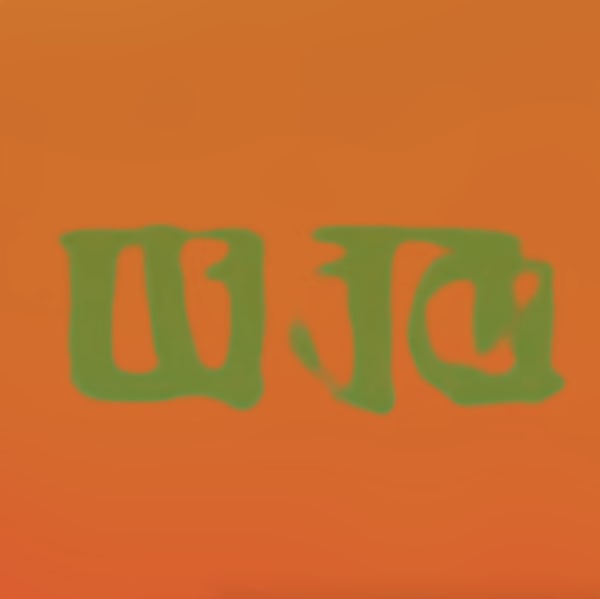
Graduate Showcase 2021
Launching 30 June 2021
-

Central Saint Marins 2021
Explore the festival of physical and digital events running alongside the Graduate Showcase

